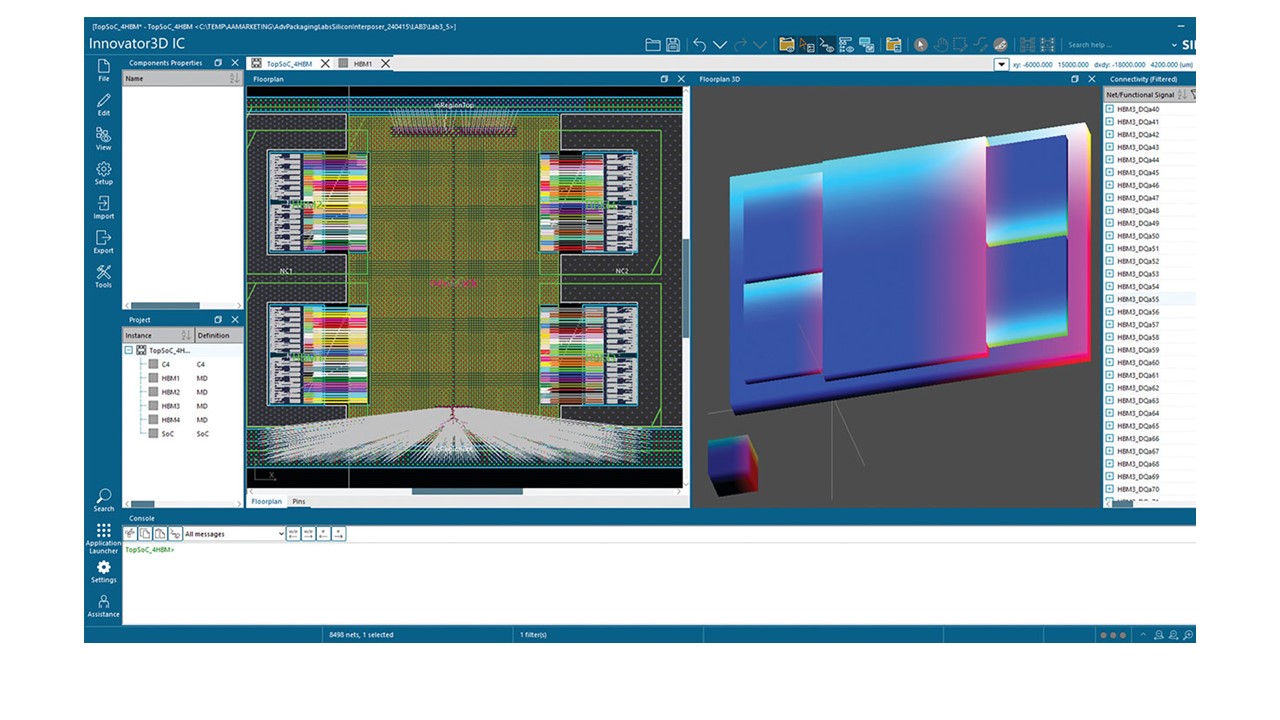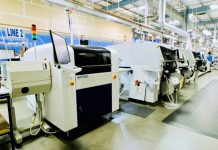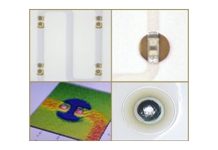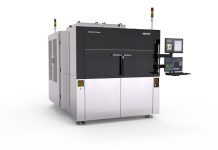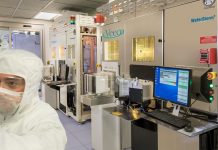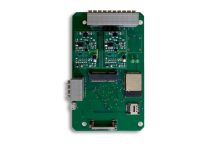Siemens Digital Industries Software today introduced Calibre® 3DThermal, innovative software for thermal analysis, verification and debugging in 3D integrated circuits (3D-ICs). Calibre 3DThermal enables chip designers to rapidly model, visualize and mitigate thermal effects in their designs from early-stage chip and package-inward exploration through to design signoff by incorporating elements of Siemens’ Calibre verification software and Calibre® 3DSTACK software along with the company’s Simcenter™ Flotherm™ software solver engine. Calibre 3DThermal provides the outputs necessary for thermal impacts to be considered in electrical simulations. Moreover, Calibre 3DThermal can both consume as input boundary conditions as well as provide output to Simcenter Flotherm – enabling true IC to system thermal modeling from IC to package to board to system level.
Calibre 3DThermal was developed to address challenges of 3D-IC architectures where controlling heat dissipation is a key requirement. It offers fast, accurate, powerful and comprehensive approaches to identifying and rapidly addressing complex thermal issues. Calibre 3DThermal provides the flexibility to start initial feasibility analysis with minimal inputs and can later perform more detailed analyses considering metalization details and their impact on thermal considerations as more detailed information becomes available. This progressive approach enables designers to refine their analysis and apply fixes such as floorplanning changes and adding stacked vias or TSVs to avoid thermal hotspots and/or dissipate heat more effectively. This iterative process continues until the final assembly is complete, significantly reducing the risk of performance, reliability and manufacturing issues at final tape-out.
Delivering thermal analysis at this advanced level requires a complete understanding of the 3D-IC assembly. Waiting until the assembly is complete to identify and correct errors can severely disrupt design schedules, but Calibre 3DThermal mitigates this risk through automation and integration, allowing designers to iterate thermal analysis at whichever design stage they are working on.
Calibre 3DThermal embeds a custom version of Siemens’ accurate, industry-trusted Simcenter Flotherm software solver engine to create precise chiplet-level thermal models for static or dynamic simulation of full 3DIC assemblies. Debugging is streamlined through the traditional Calibre RVE software results viewer, which is already integrated across a wide range of IC design tools. The integration of these powerful tools results in an efficient thermal analysis solution tailored to the specific needs of 3DIC designers.
Like all Calibre products, Calibre 3DThermal integrates seamlessly with a range of industry-leading design tools from both third parties, as well as with Siemens’ software including the newly announced Innovator3D IC™ software. In all design flows, Calibre 3DThermal captures and analyzes thermal data across the entire design lifecycle.
“Calibre 3DThermal represents a significant advancement in 3D-IC design and verification, providing designers with the capabilities they need to address thermal challenges early in the design process,” said Michael Buehler-Garcia, vice president, Calibre Product Management, Siemens Digital Industries Software. “By integrating thermal analysis directly into all stages of the IC design flow, we’re enabling our customers to create more reliable, high-performance 3DICs with greater confidence and efficiency.”
Collaboration with UMC
In a collaborative effort, Siemens has joined forces with United Microelectronics Corporation (UMC) to deploy an innovative thermal analysis flow for UMC customers powered by Calibre 3DThermal. This cutting-edge software is tailored specifically for UMC’s wafer-on-wafer and 3D-IC technologies and has been validated and is planned for availability to UMC’s global clientele soon.
“As the semiconductor industry grapples with escalating thermal challenges, particularly in the realm of heat dissipation and thermal gradients within advanced 3D-IC technologies, UMC remains committed to providing effective solutions,” said Osbert Cheng, vice president of device technology development & design support at UMC. “Through our collaboration with Siemens and the implementation of Calibre 3Dthermal, we will be able to offer our customers a comprehensive thermal analysis capability, enabling them to address critical thermal concerns and optimize their designs for enhanced performance and reliability.”
To learn more about Calibre 3DThermal visit www.eda.sw.siemens.com/en-US/ic/calibre-design/3dthermal.


